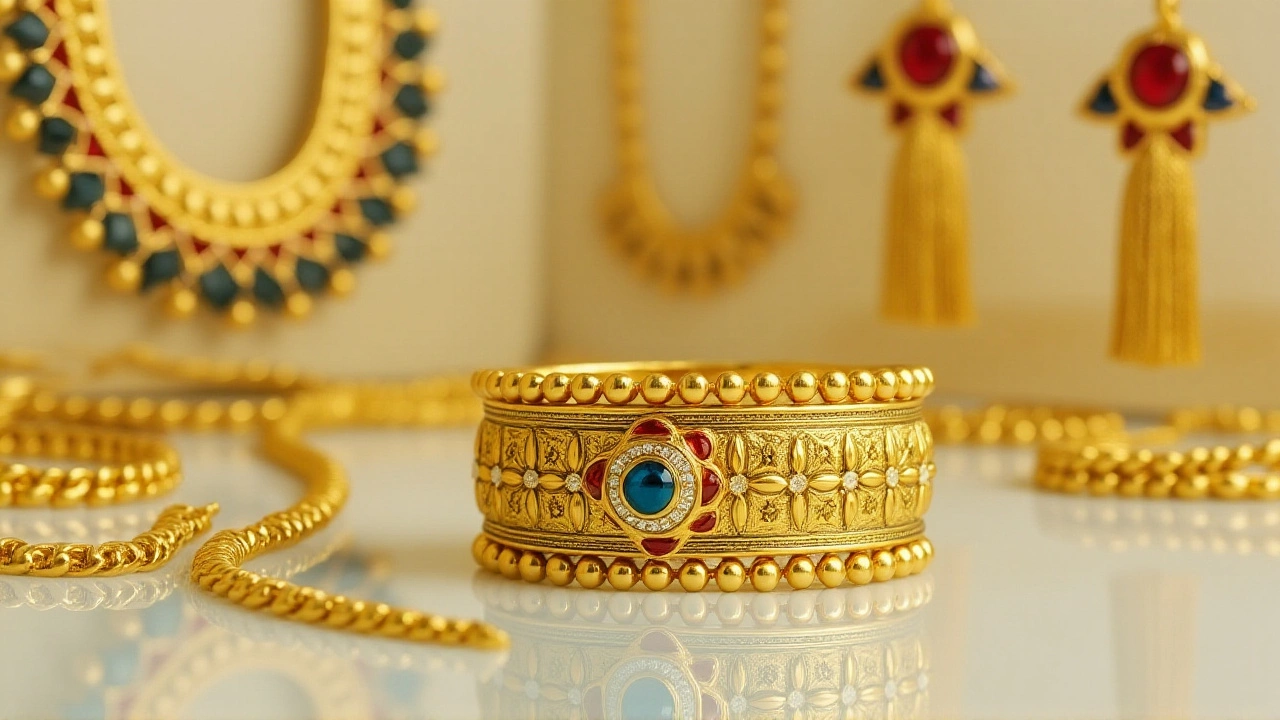₹1.32 lakh – What It Means and Why It Matters
When you hear ₹1.32 lakh, an amount of 132,000 Indian rupees, roughly equivalent to $1,600 USD, often used as a benchmark in personal finance discussions. Also known as 132k rupees, it serves as a reference point for many everyday financial decisions in India, from bike purchases to tuition fees.
One of the most visible ways this sum shows up today is in sugar dating, a relationship model where one partner provides financial support in exchange for companionship. Also called financial dating, the practice has moved from big cities to smaller towns, with platforms reporting monthly exchanges that hover around the ₹1.32 lakh mark. Young adults often cite financial pressure, the stress caused by insufficient income to meet daily expenses or future goals, as the main driver for joining these arrangements. The amount acts like a threshold: it’s enough to cover rent, a vehicle, or a tuition fee, but not so high that it feels unattainable for most middle‑class earners.
How Online Matchmaking Platforms Shape the Conversation
Platforms such as Ashley Madison, Tinder, and regional apps have built algorithms that match users based on expected financial support. These online matchmaking, digital services that connect people seeking relationships, often with a financial component component creates a new market where ₹1.32 lakh becomes a common reference salary. The data shows that users in smaller towns like Kanchipuram are now posting requests that specify a monthly allowance close to this figure. The tech layer adds transparency—people can see what others are asking for, compare offers, and negotiate terms—all within a few clicks.
But the rise of money‑based matchmaking doesn’t happen in a vacuum. The phenomenon lives in a legal gray area, a space where laws are unclear or unevenly enforced, especially concerning consensual adult relationships that involve money. Indian courts have yet to issue definitive rulings on whether such arrangements constitute prostitution, which leaves participants vulnerable to social stigma and occasional police raids. This uncertainty fuels public debate: some argue the practice empowers financially stressed individuals, while others warn it could normalize exploitation.
Understanding the interplay between ₹1.32 lakh, sugar dating, financial pressure, online platforms, and legal ambiguity helps you see why the amount crops up in headlines and personal stories alike. It’s not just a number; it’s a lens through which young people evaluate career options, education plans, and even social mobility. The posts you’ll find below dive deeper into each aspect—whether it’s the boom in small‑town sugar dating, the tech tools that power matchmaking, or the broader cultural conversation about money and relationships.
Ready to explore how this figure shapes real lives? Below you’ll discover a range of articles that unpack the data, discuss the societal ripple effects, and offer practical tips for anyone navigating the intersection of finance and intimacy.
India's Gold Hits ₹1.32 Lakh per 10g Amid Global Turmoil
Gold surged to ₹1.32 Lakh per 10 g in India on Oct 18, 2025, driven by festive demand, geopolitical tension, and global market spikes, while silver hit record highs.
